Nullarbor postscript and on to WA
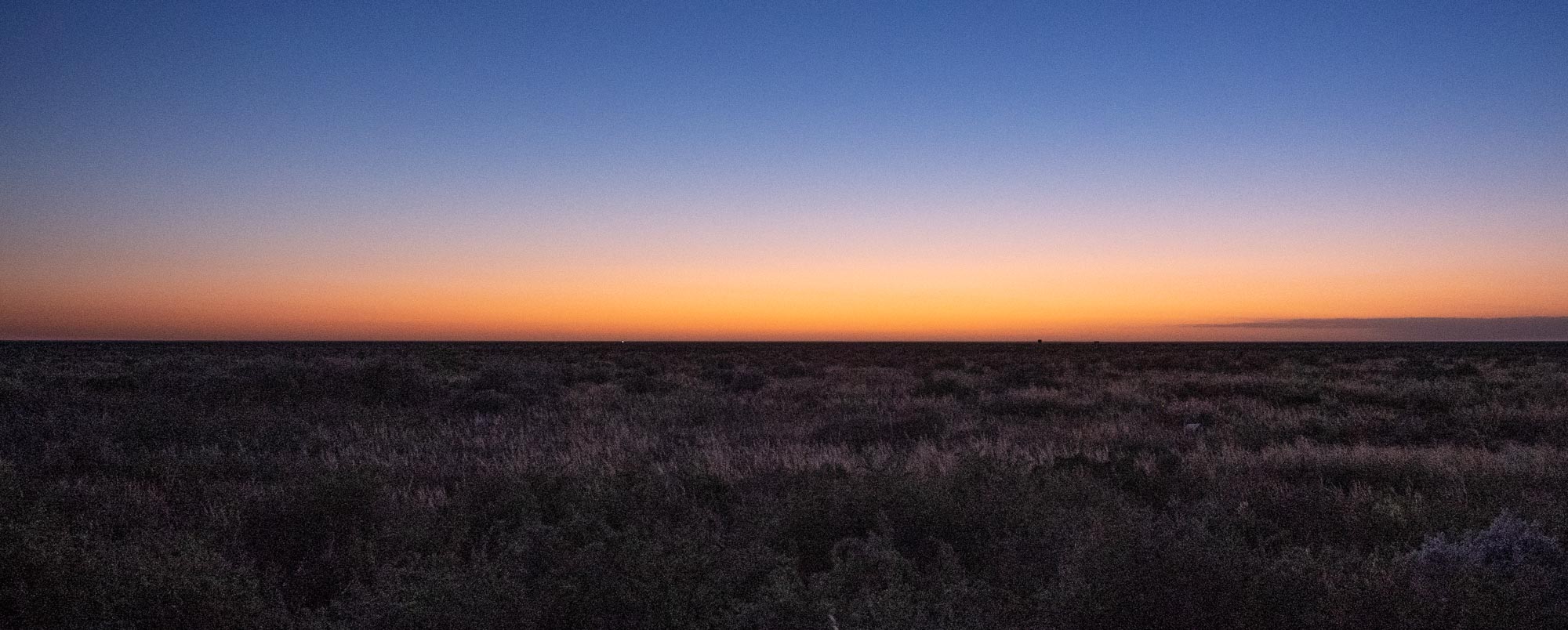
Days 12-14: 16th–18th September
Chasing birds on the Nullabor
So we did get up with the dawn (in fact some time before) on the day we left the Nullarbor Roadhouse.
We decided to brave the 1 degree chill in our search for the Nullarbor Quail-thrush. Small chance of success, but keen birders don’t calculate the odds.
We followed a track north from the roadhouse for several kilometres, stopping the car when we saw movement in the saltbush. Believe it or not, we weren’t the only crazy ones - we ran into another birding couple on the exact same mission.
The vegetation was alive with bird calls but it took a good deal of searching before we sighted anything other than Australian Pipits, which can be seen on the grounds of the roadhouse at any time of the day.
After an hour or so of effort we were feeling pretty pleased with ourselves, having found a small party of Southern Whiteface and a family of White-winged Fairy-wrens.
The latter were very elusive, disappearing into the bushes as quickly as they made an appearance. But we did get a good look at the amazing vivid-blue male, which we had previously seen at the Arid Lands Botanic Garden in Port Augusta.
No Nullarbor Quail-thrush, but that wasn’t unexpected. This was always a high hope.
Then on the return drive to the roadhouse, a largish bird suddenly appeared just a few metres in front of our car. It flew off to the side of the track and stayed there long enough for me to get my binoculars on it. Kerri managed to fire off a few shots through the car windscreen before it flew off into the scrub and disappeared.
Then just a few hundred metres further along the track, the same thing happened - although this time the bird didn’t hang around long enough to get a photograph.
We were sure that in each case the bird was a quail-thrush - we are very familiar with the “jizz” from our sightings of the Spotted Quail-thrush at home. But had we seen the Nullarbor Quail-thrush?
While Kerri’s photos weren’t of stellar quality, they were good enough to confirm - by later comparison with the drawings in the Australian Bird Guide - that we had indeed sighted this species. You just never know when you’re going to get lucky in this game!
Species ID can be tricky
As an aside, we discovered by a more thorough search of candidates, that we had misidentified the bird seen near the roadhouse on the previous evening. It isn’t an Inland Dotterel after all, but an Oriental Plover (Charadrius veredus).
The jizz and the appearance of our bird had matched the Oriental Plover quite closely. But we had rejected this possibility because our identification bible, The Australian Bird Guide, showed that the species is found only in Northern Australia. A subsequent check in Birdlife Australia’s Shorebird Identification Booklet showed that this species has been sighted in Southern Australia, with some records on the Nullarbor.
Still a lifer, but a different one to what we had first thought.
Flat land, saltbush, long-straight roads … and stunning cliffs!
We continued our drive across the Nullarbor that morning. We shared the 110km road with large caravans, an occasional camper van, and just a few road trains. Not nearly as many trucks as we expected to see. For much of the drive there is not a vehicle in sight, and you get a real sense of how vast this place is.
Our next destination was Cocklebiddy, en route to Esperance. The Eyre Highway follows the coastline quite closely, offering superb views of the Great Australian Bight at several lookouts.
One of the viewing points along the Nullarbor stretch of the Eyre Highway.
Looking east from this viewing point - the 200km long line of the Bunda Cliffs stretches away to the horizon.
View to the west at a later viewing point. The Southern Ocean is so blue!
Soon after we crossed the SA-WA border, trees started to make an appearance, as did a low range on the northern side of the road. A later vantage point on the top of that range gave a good view of the plain to the south. Yes, there are trees, but you couldn’t call it heavily vegetated.
A highlight during the drive to Cocklebiddy was a sighting of a male Emu with a pair of chicks. The male is solely responsible for the incubation of the eggs and care of the young.
After camping cheek-to-jowl at Nullabor roadhouse, we decided to give the Cocklebiddy Roadhouse option a miss. Instead we made a bush camp about 40km before Cocklebiddy.
It was a relief to be surrounded by nature again - even if there were many little reminders of previous campers scattered around. We were now in mallee vegetation again.
The view from our camper at dawn.
There are several of these so-called “maze” camping sites along this section of the highway. Behind the usual rest stop, an extensive network of short inter-connected tracks provides good opportunities for relatively private camping. Rubbish bins are provided, if no other facilities.
The following morning we continued our journey. After heading away from the coast, the highway swings south at Norseman towards our next destination, Esperance.










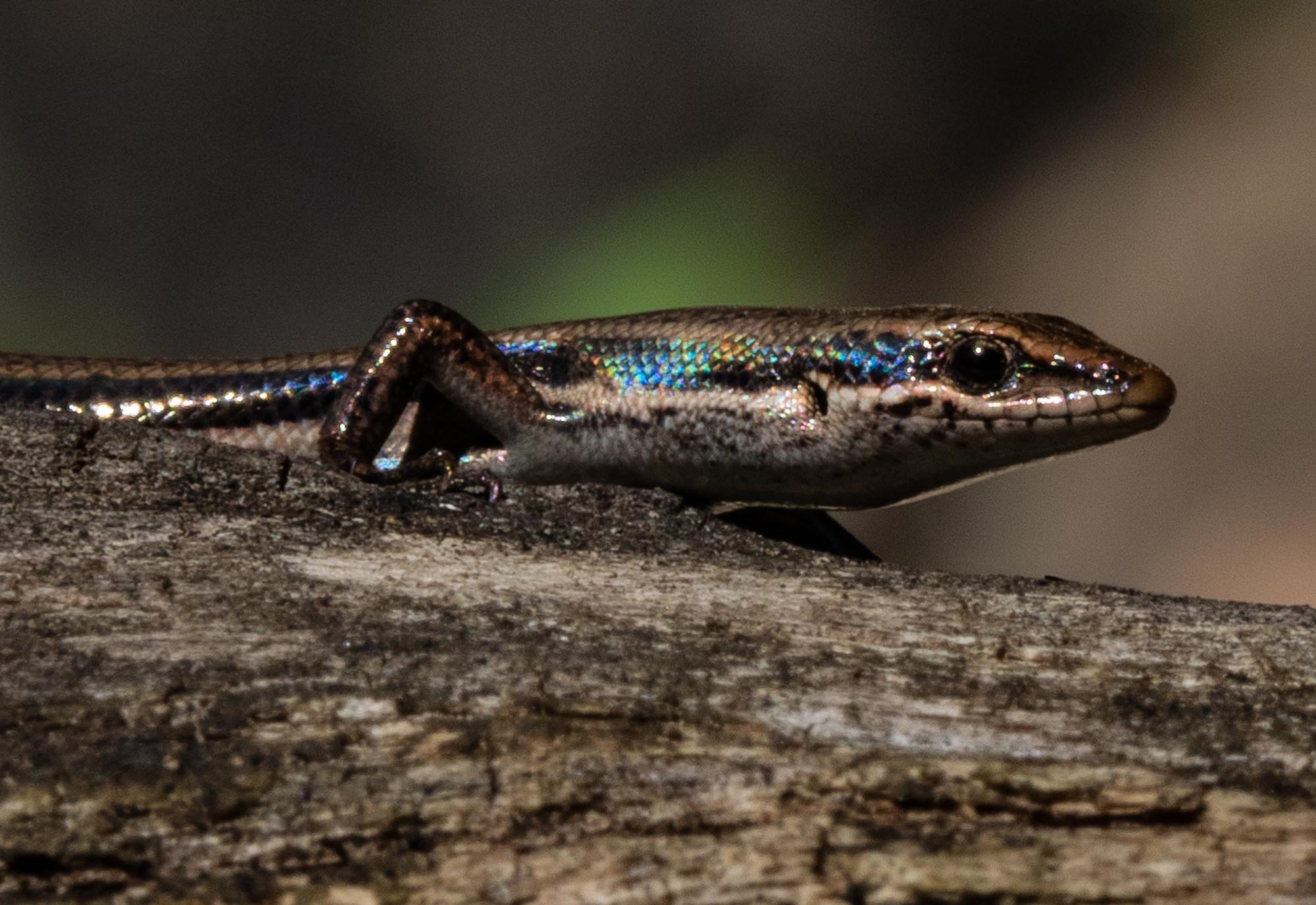
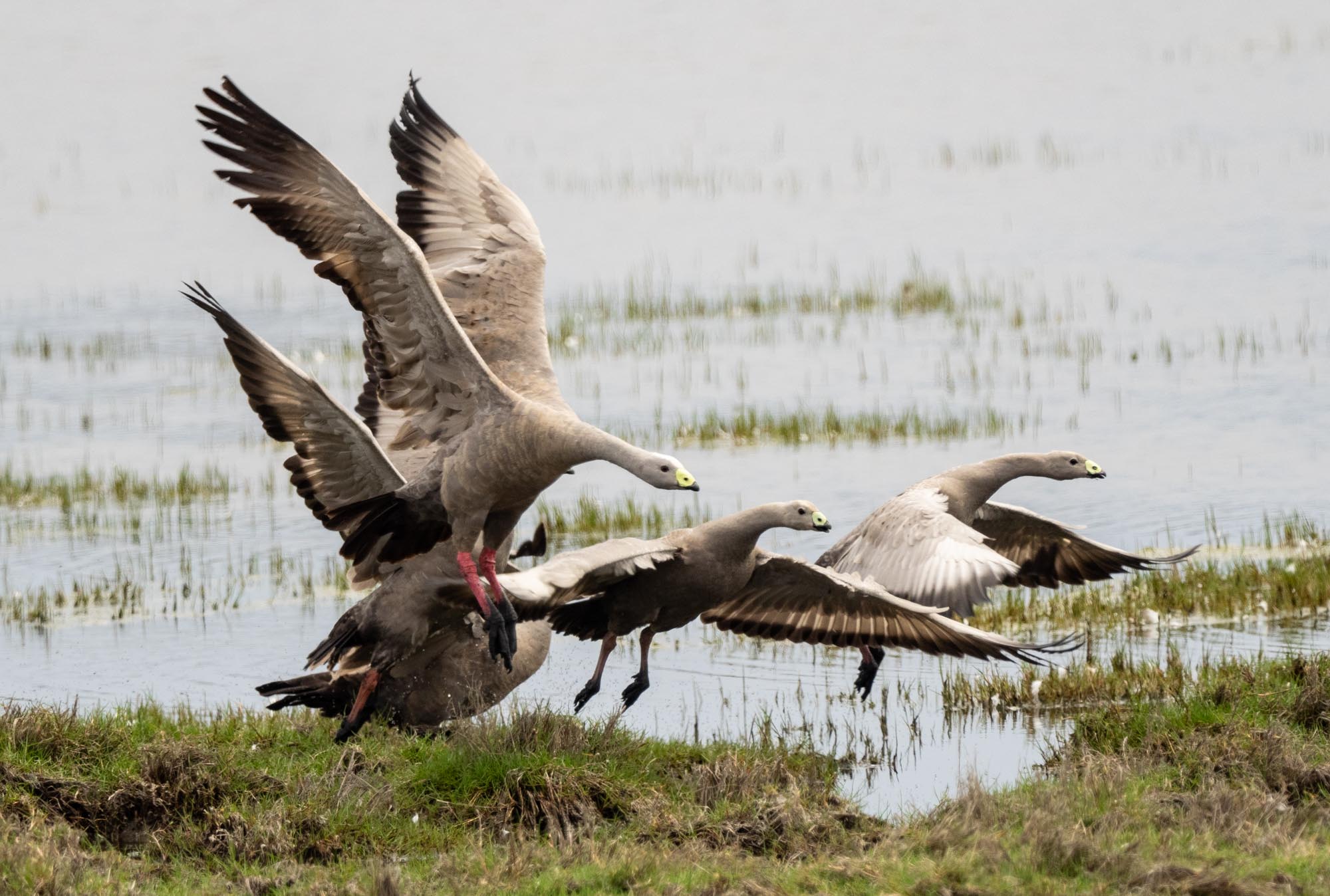



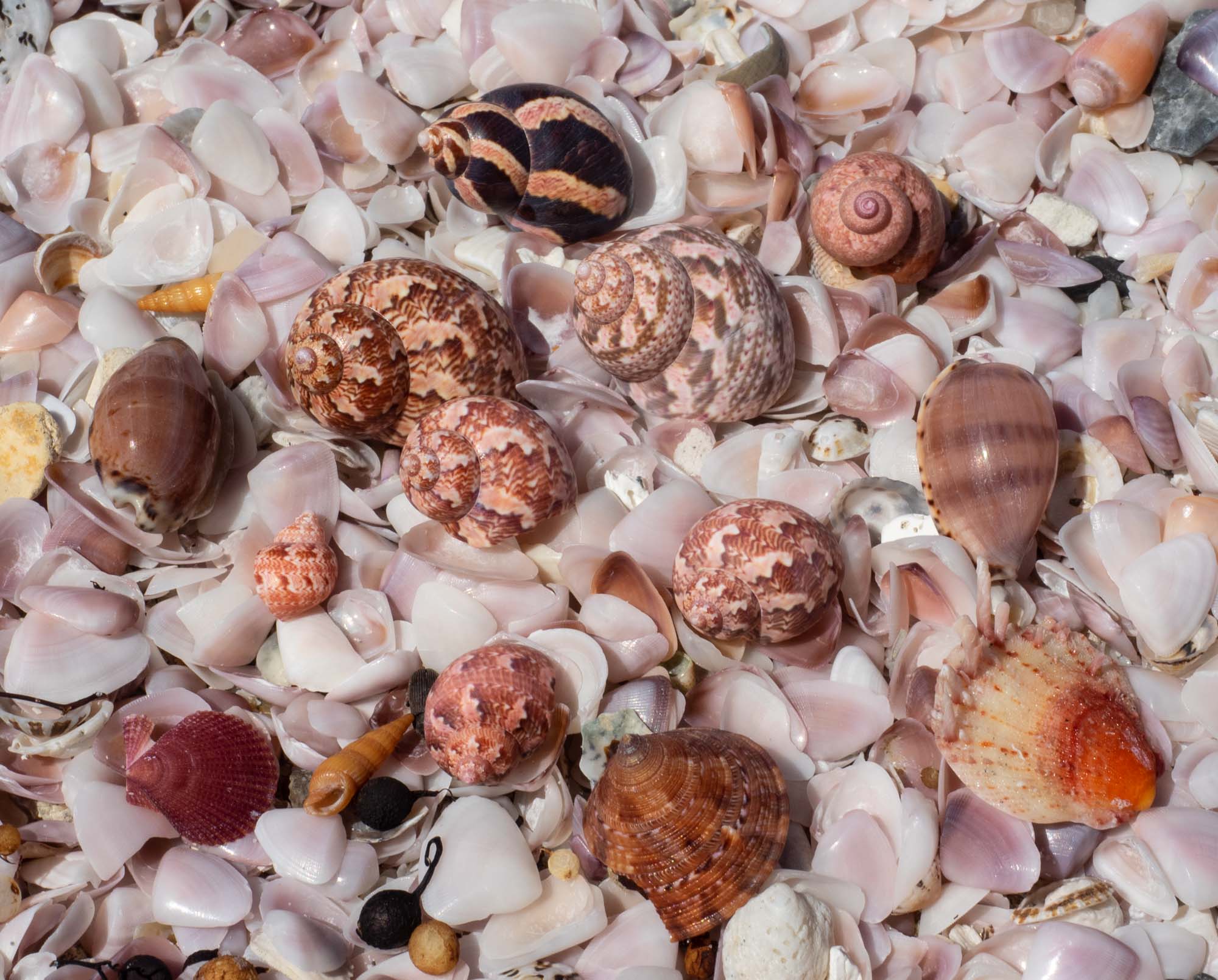
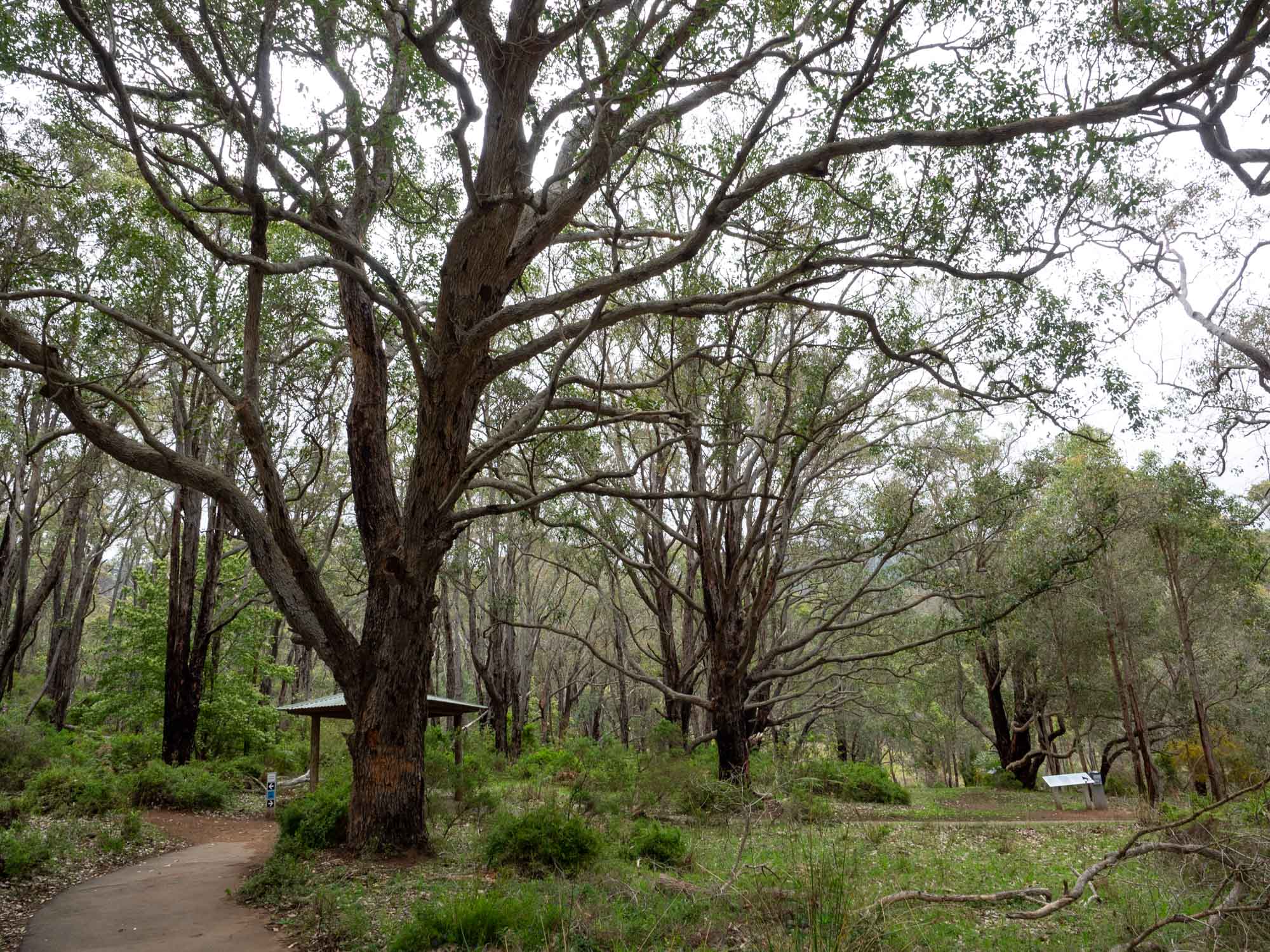
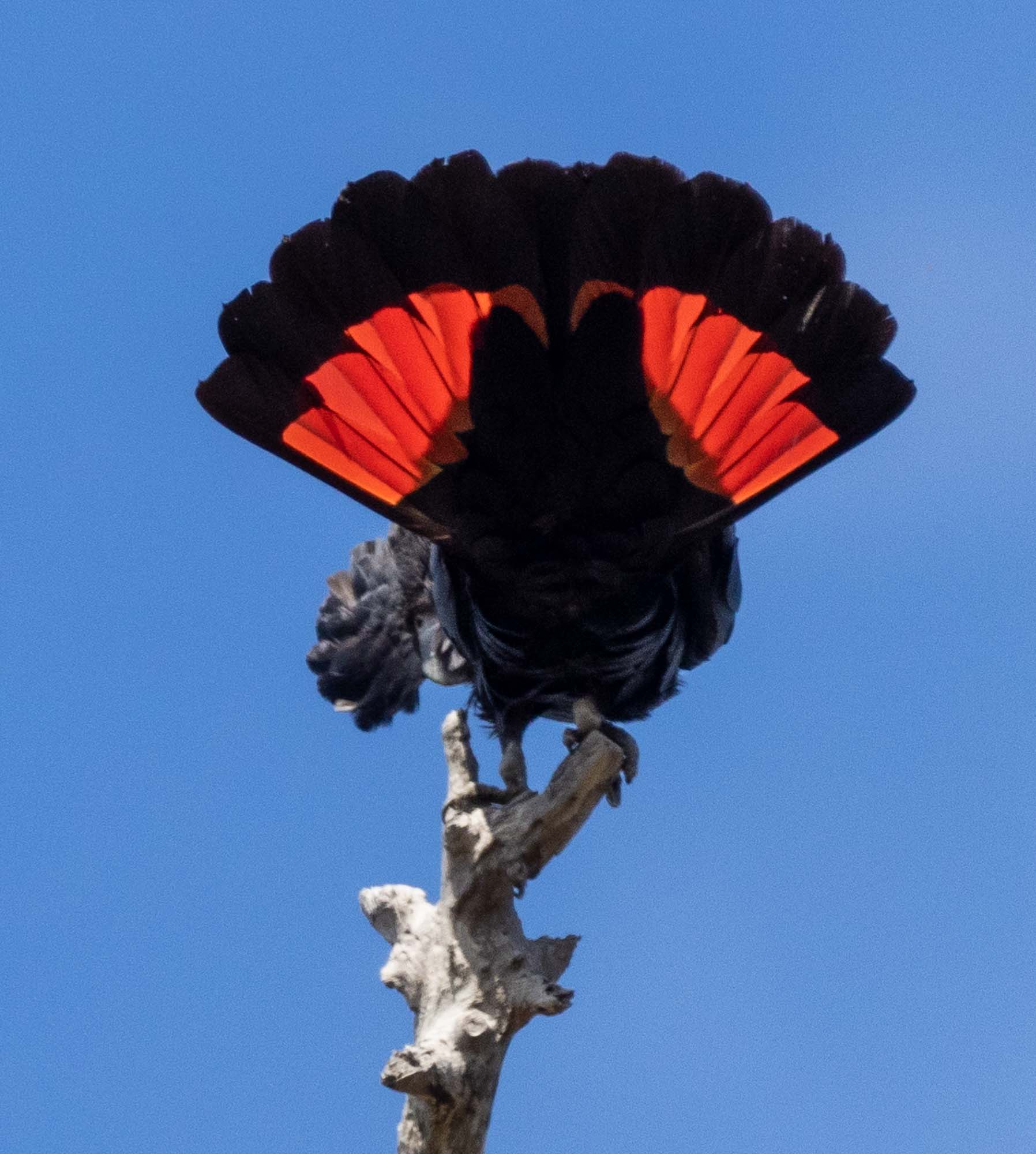

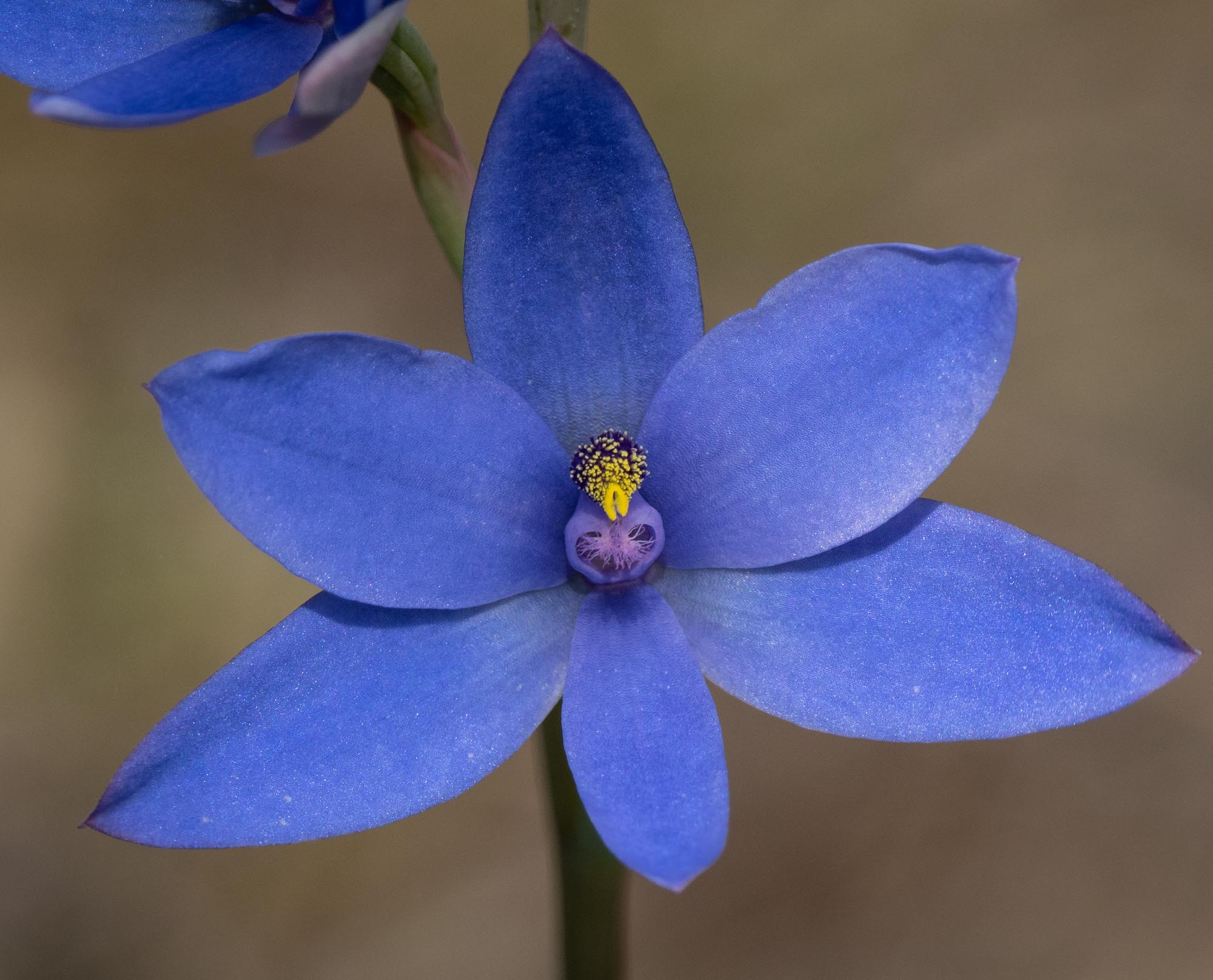
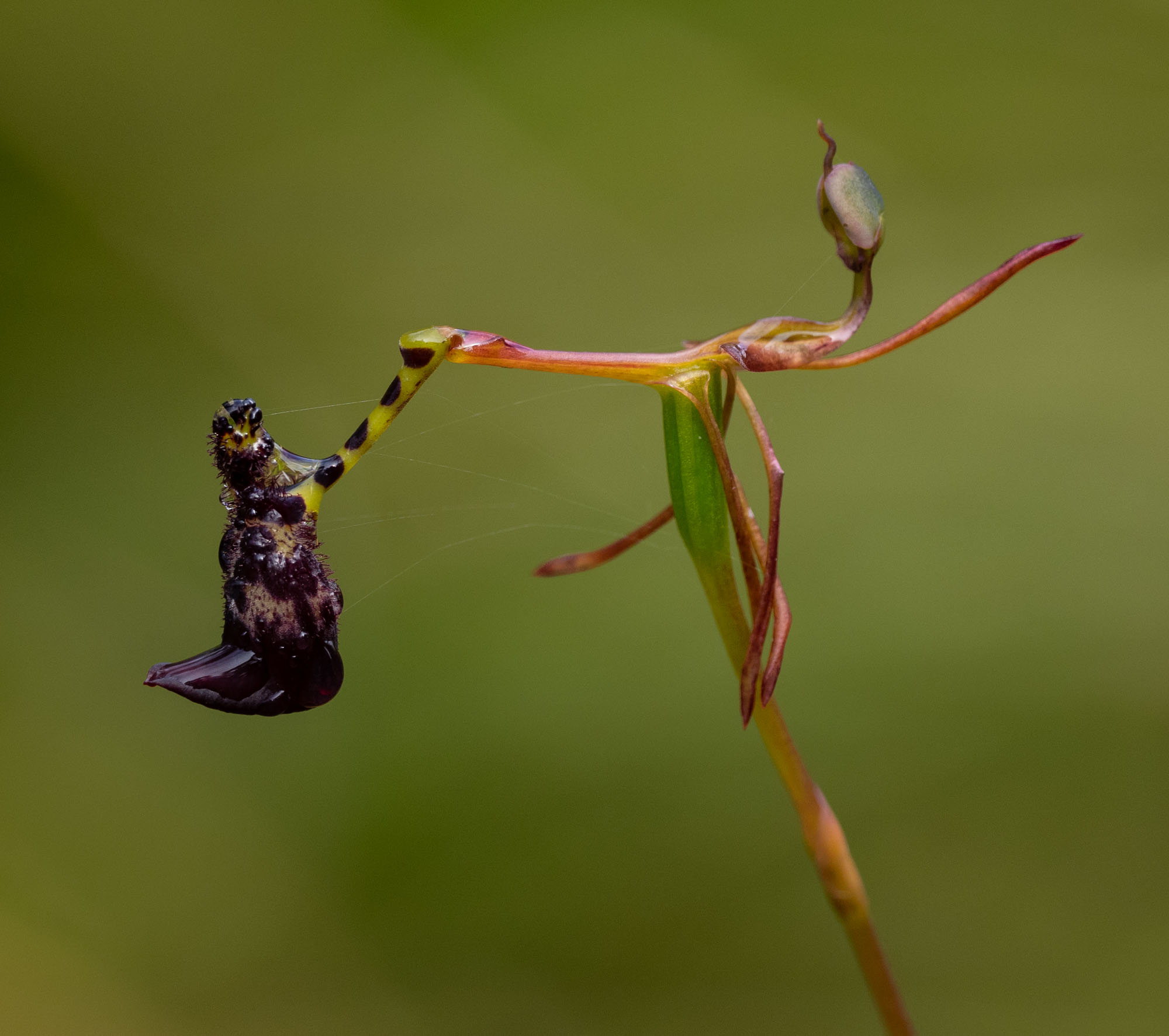
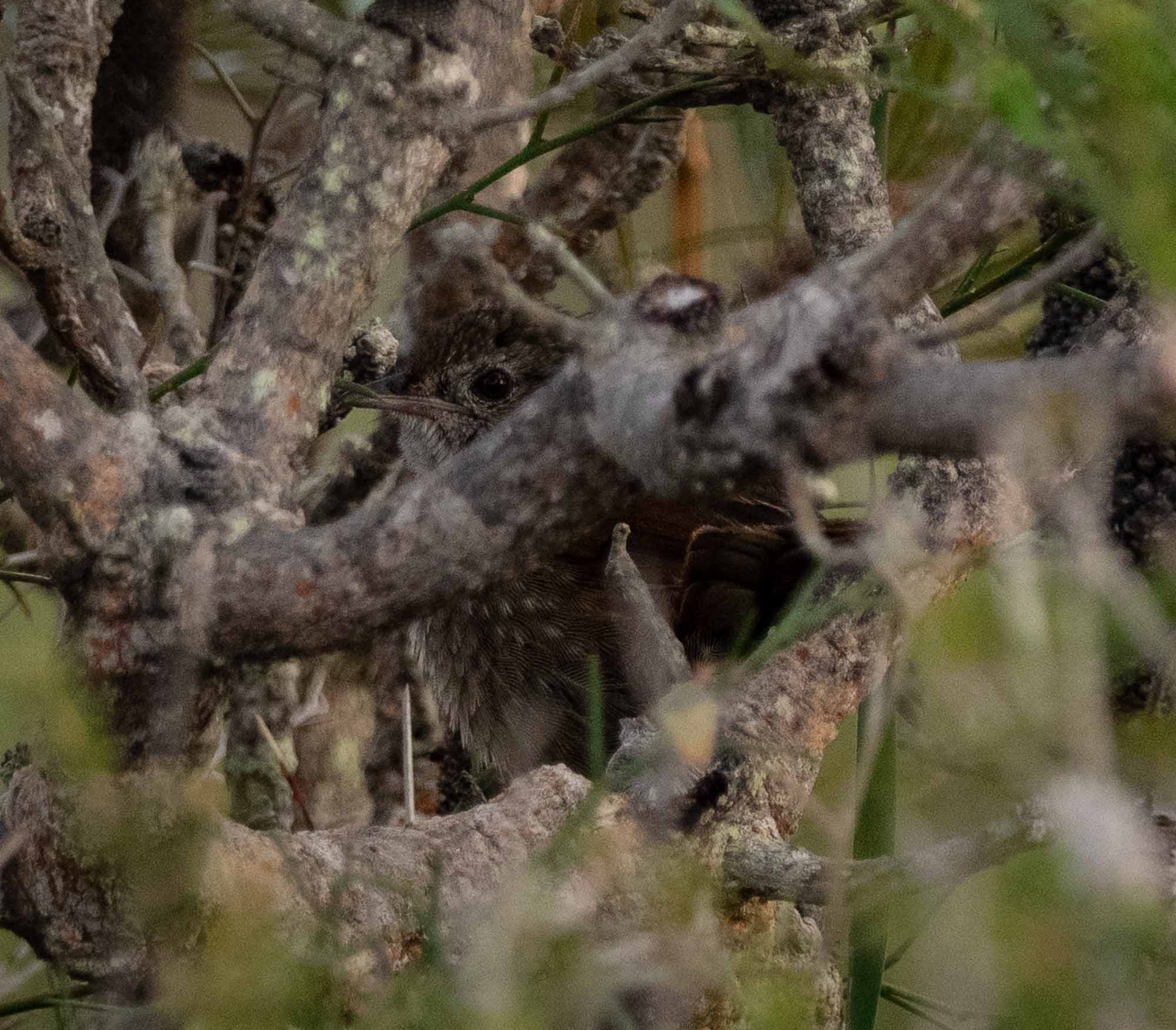


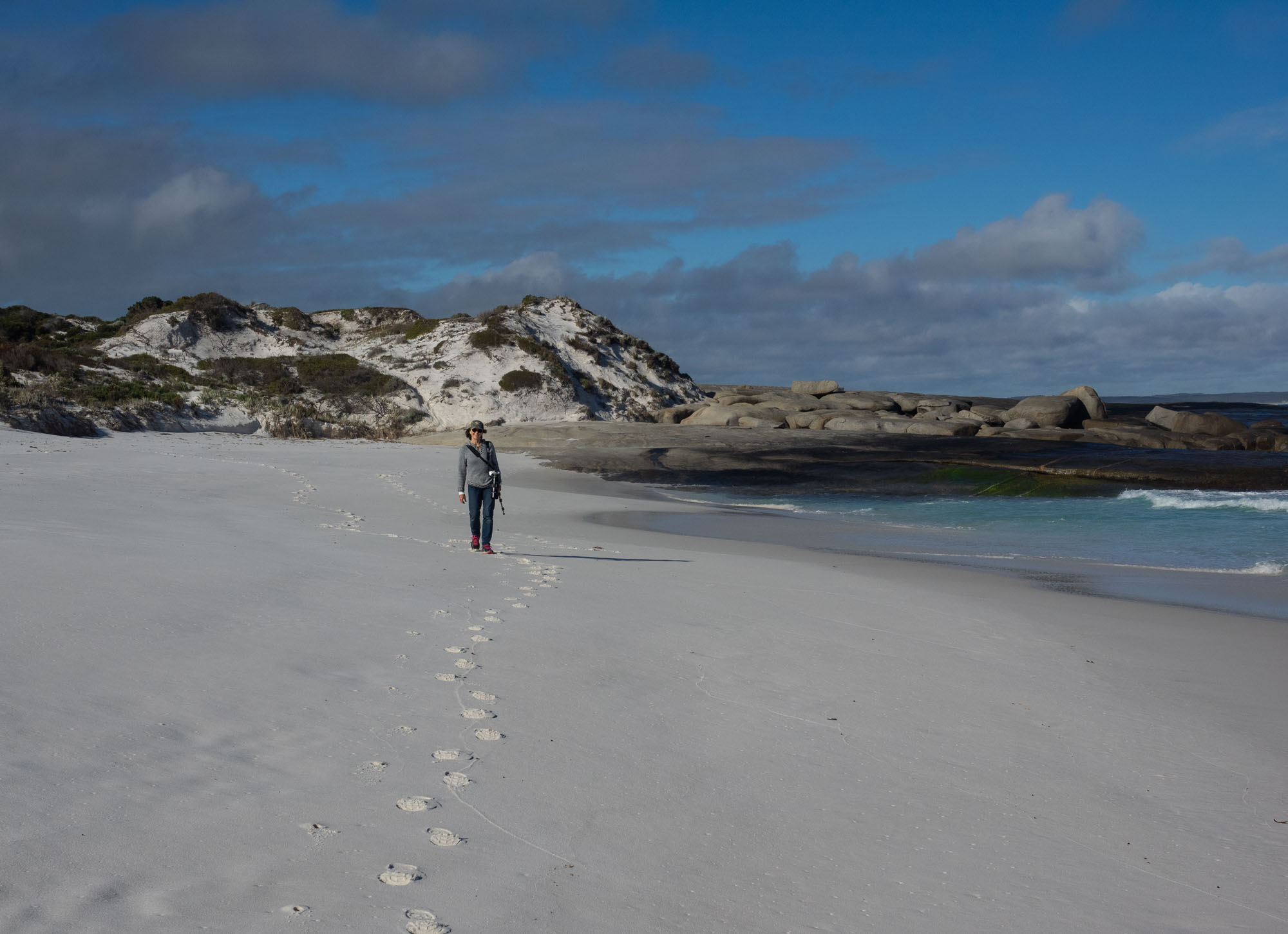
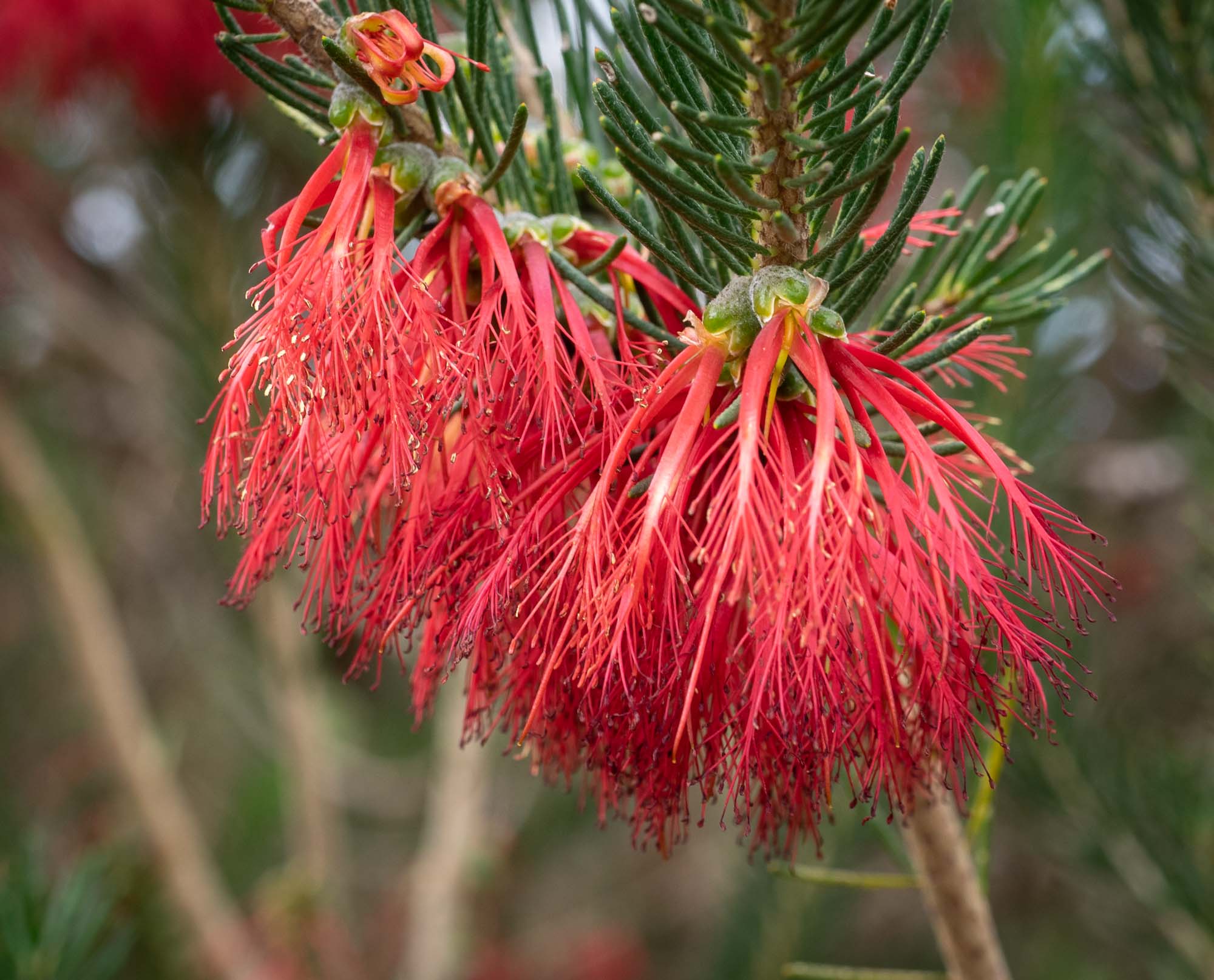
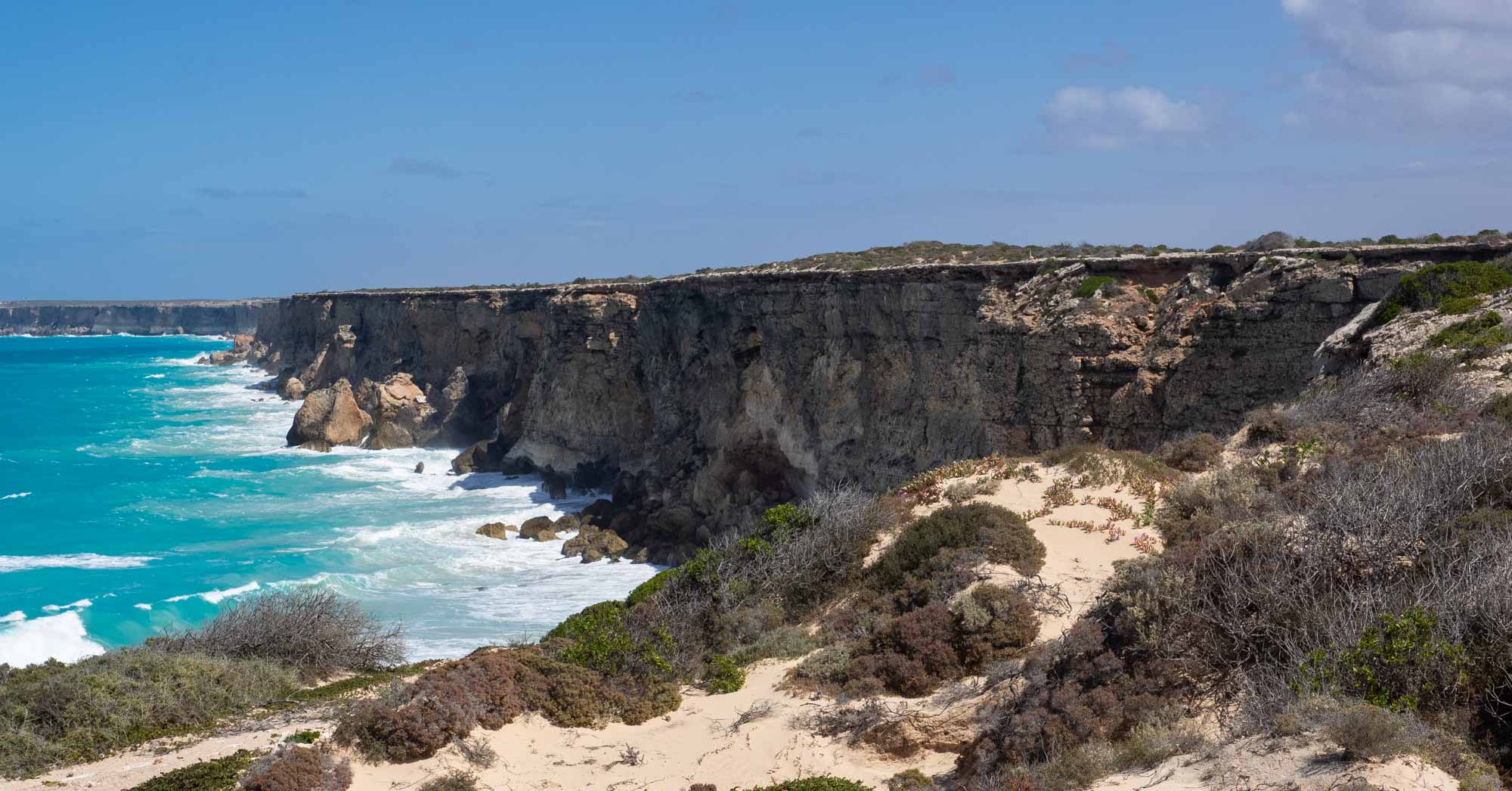




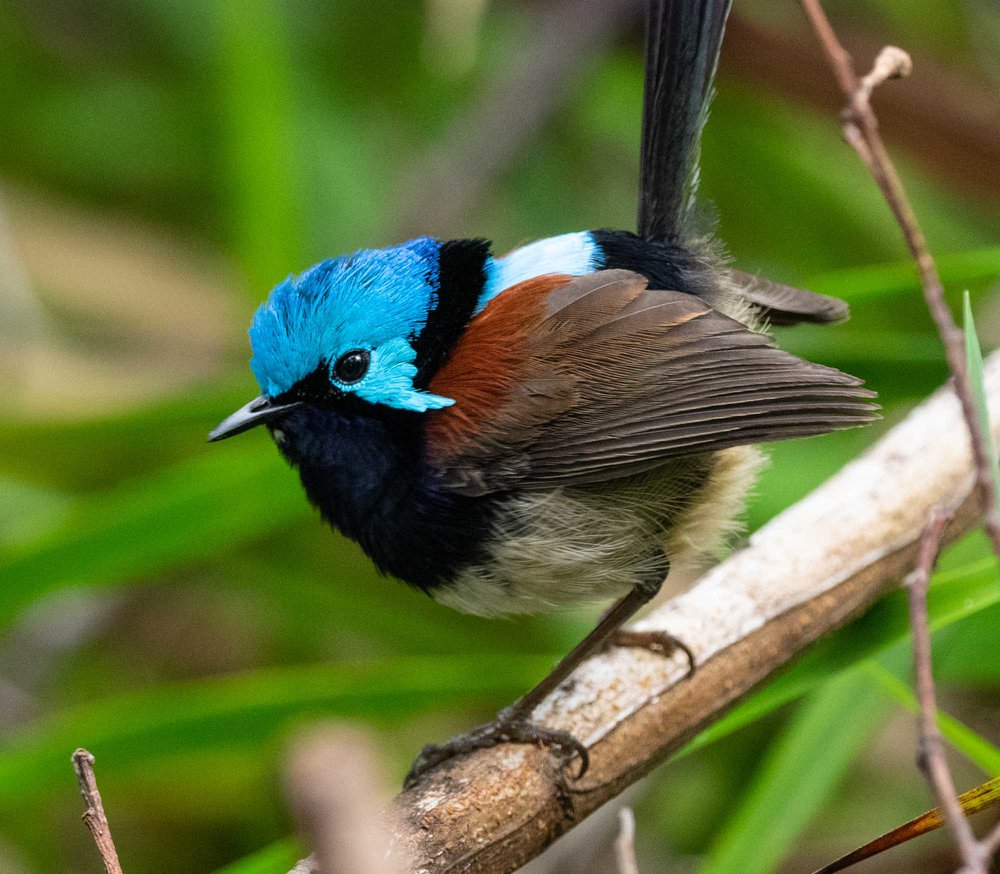
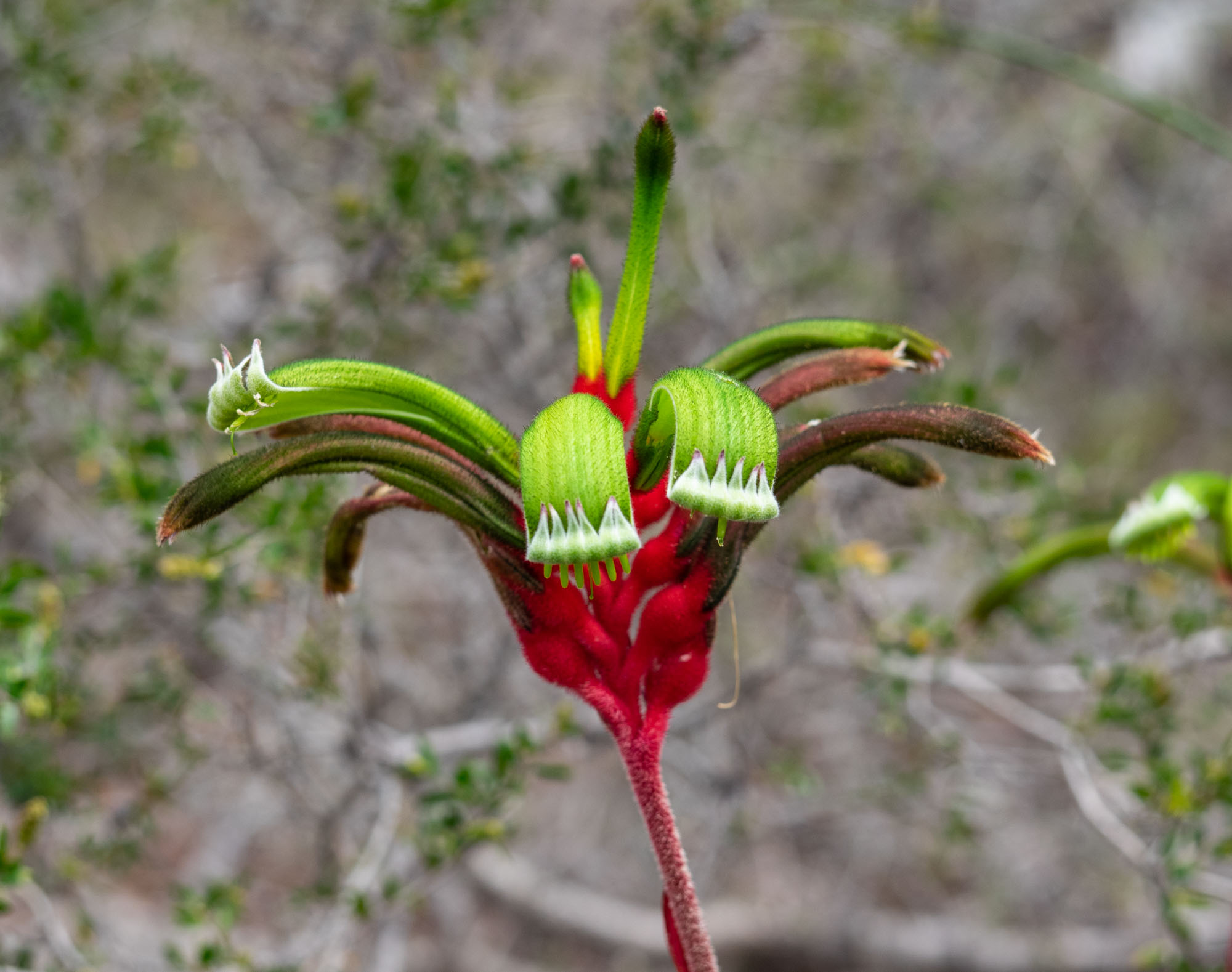
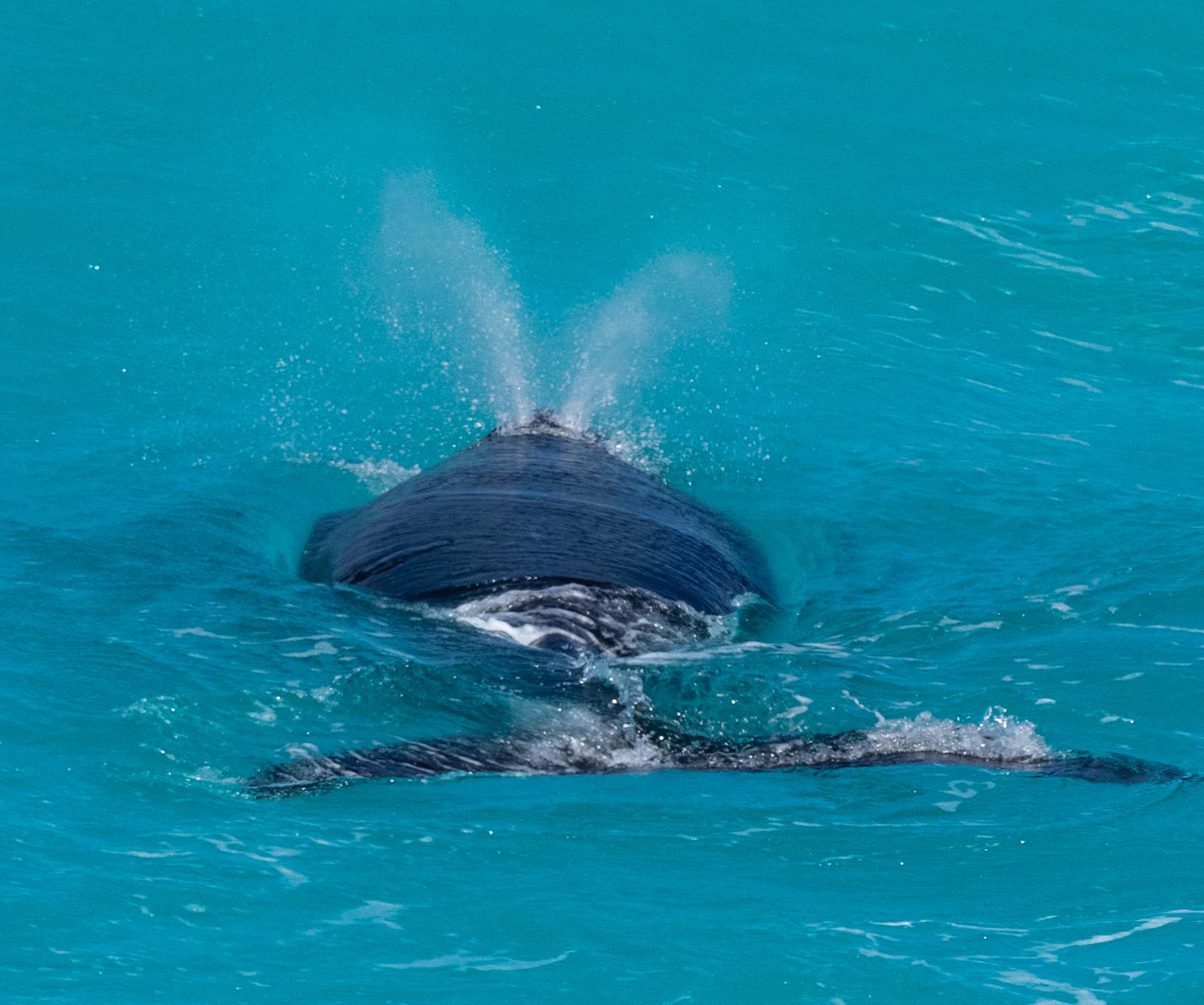
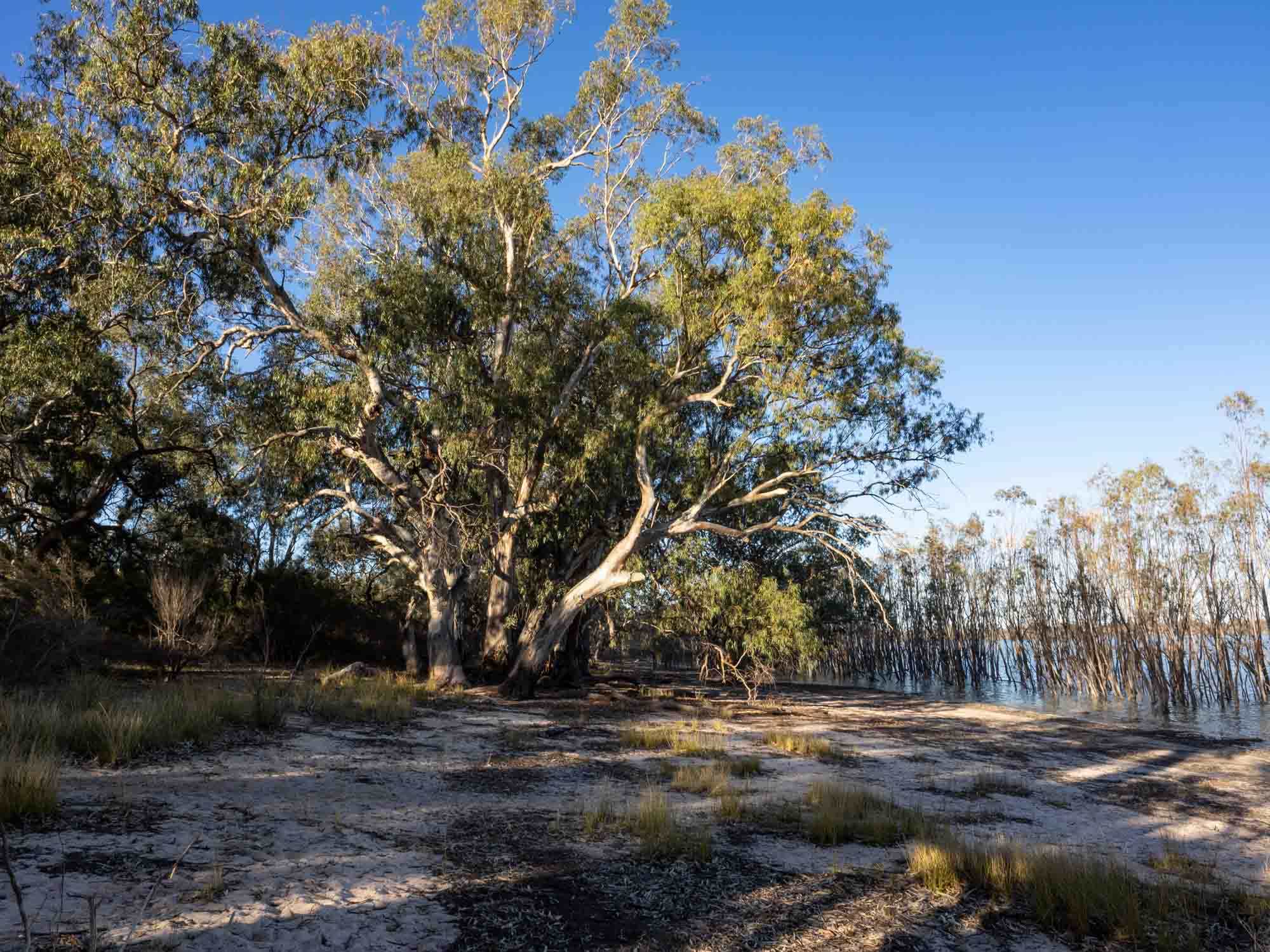
31st October - 4th November: my final post, as we head towards Melbourne.